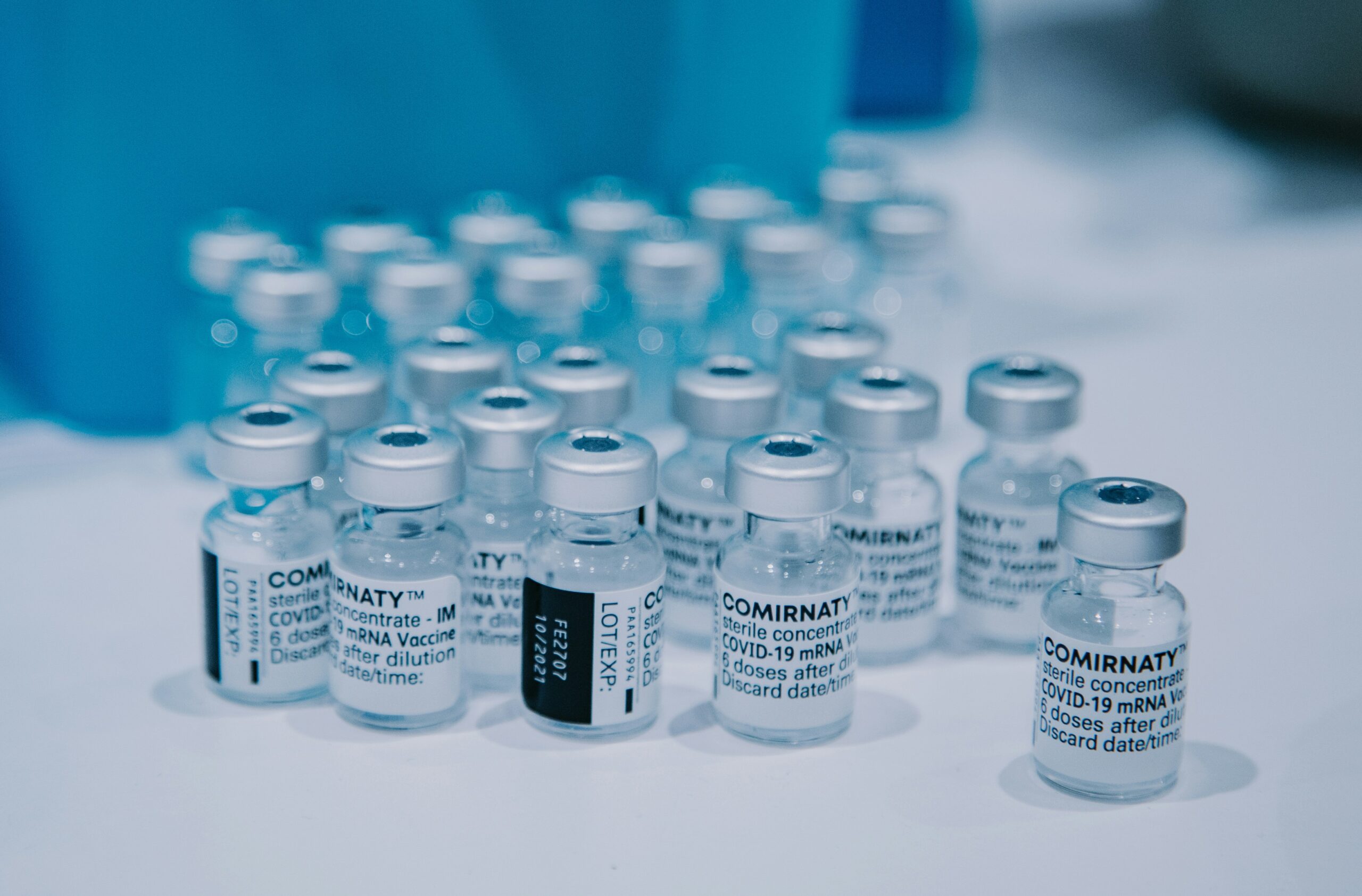It’s important with any organisation to be strategic and focused with clear goals and targets, and no less so in the Pharmaceutical Sector
Your strategy should hold your important objectives and strategic goals and you need to carefully track your progress against your strategy. Let’s take a look at some of your Strategic KPIs / Strategic Metrics or OKR options relevant to the Pharmaceutical Sector
| KPI Name | Target Type | Rationale |
|---|---|---|
| Animal Testing Success Rate | Increase to | Higher success rates suggest greater likelihood of success in human trials. |
| API Sourcing Diversification | Increase to | More diversification reduces supply chain risk and dependency. |
| Average Drug Shelf Life | Increase to | Longer shelf life reduces waste and increases sales flexibility. |
| Biomarker Identification | Increase to | Accelerates personalized medicine and enhances treatment efficacy. |
| Biosimilarity Index | Increase to | Higher biosimilarity boosts regulatory approval and market adoption. |
| CAR-T Therapy Success Rates | Increase to | Higher success improves outcomes in innovative cancer therapies. |
| Clinical Trial Enrollment Rates | Increase to | Faster enrollment speeds up development and time to market. |
| Cost per New Drug Development | Decrease to | Lower costs improve R&D efficiency and profitability. |
| Cost per Patient | Decrease to | Reducing cost improves affordability and competitiveness. |
| Drug Counterfeit Rate | Decrease to | Lower counterfeit rates protect revenue and reputation. |
| Drug Recall Frequency | Decrease to | Fewer recalls improve safety and brand trust. |
| Drug Sales per Therapeutic Area | Increase to | More sales per area indicates market strength or diversification. |
| Drug-to-Drug Interaction Rates | Decrease to | Lower rates improve drug safety and usability. |
| Drugs Under Patent Protection | Stay above | Maintaining patents protects exclusive revenue streams. |
| FDA Approval Rates | Increase to | Higher rates signal efficient and successful R&D. |
| First-to-Market Drugs | Increase to | Being first confers competitive and pricing advantages. |
| Generic Penetration Rate | Increase to | Indicates competitiveness in cost-effective drug markets. |
| Health Outcome Metrics | Increase to | Better outcomes improve real-world effectiveness and value. |
| Market Penetration in Specific Therapeutic Areas | Increase to | Higher penetration strengthens market leadership. |
| Market Share of Key Drugs | Increase to | Larger share improves brand dominance and revenue. |
| Medication Adherence Rate | Increase to | Better adherence improves efficacy and long-term outcomes. |
| Number of Clinical Trial Failures | Decrease to | Fewer failures mean more efficient R&D. |
| Number of Drugs in Post-Market Clinical Trials | Increase to | Indicates ongoing safety and efficacy commitment. |
| Number of Prescriptions | Increase to | More prescriptions reflect higher demand and acceptance. |
| Number of Strategic Alliances or Partnerships | Increase to | More partnerships strengthen innovation and capabilities. |
| Orphan Drug Status | Increase to | More orphan drugs unlock exclusivity and market opportunities. |
| Patent Expiry Dates | Stay aware | Tracking helps anticipate generics and manage lifecycle. |
| Percentage of Revenue from Blockbuster Drugs | Stay above | Sustained blockbuster revenue supports growth. |
| Percentage of Revenue from Contract Manufacturing | Increase to | Diversifies revenue streams through B2B services. |
| Percentage of Revenue from Digital Health Solutions | Increase to | Expanding digital offerings aligns with tech trends. |
| Percentage of Revenue from Personalized Medicine | Increase to | Growth here reflects precision medicine leadership. |
| Percentage of Sales from Emerging Markets | Increase to | Emerging markets offer strong growth opportunities. |
| Percentage of Sales from OTC Drugs | Stay balanced | Helps assess risk between regulated and consumer markets. |
| Pipeline Strength | Increase to | Strong pipeline supports future product flow and revenue. |
| Pricing Power | Stay above | High pricing power indicates strong demand and differentiation. |
| Product Backlog | Stay below | A large backlog may indicate supply chain inefficiencies. |
| Quality Audit Results | Stay above | High scores ensure regulatory compliance and brand trust. |
| R&D Expenditure as a % of Sales | Stay balanced | Balance is key: enough for innovation, not overspending. |
| Rate of Adverse Events | Decrease to | Fewer events mean safer drugs and fewer lawsuits. |
| Rate of Drug Approvals in First Submission | Increase to | First-pass approvals show quality and preparation. |
| Rate of Drug Returns | Decrease to | High returns suggest issues with quality or patient satisfaction. |
| Revenue from Companion Diagnostics | Increase to | Tighter therapeutic-diagnostic integration improves outcomes. |
| Revenue from Patent Licensing | Increase to | More licensing monetizes IP and expands influence. |
| Sales from Top Drugs | Stay diversified | Relying too heavily on a few drugs increases risk. |
| Sales Growth of Biologics | Increase to | Reflects shift to innovative and high-value therapies. |
| Share of Market for Vaccines | Increase to | Larger share reflects preparedness and market leadership. |
| Time from Initial Discovery to Clinical Trials | Decrease to | Speeding up reduces time to market and costs. |
| Time from Patent Filing to Drug Approval | Decrease to | A shorter cycle improves competitive advantage. |
| Volume of Drug Production | Increase to | High volume reflects scalability and manufacturing capacity. |
If you’d like to download these in a spreadsheet format you could then use to set value and targets for a two or three year plan then take a look at our Top 50 Pharmaceutical Strategy KPIs.
So, there are a bunch of important KPIs to track in Pharma. As we always say with our lists of KPIs, it’s best practice to not have too many metrics on your KPI Dashboard. KPIs are there to keep everyone focused on the most important aspects of performance that you need to get right. If you have too many, then you will be reducing the focus. So pick your winners, add them to your KPI Dashboard, and start tracking them.
Good luck with hitting your targets 🎯
Take the right medicine
Book a demo to see how to build out a strategy that hits your strategic goals.











